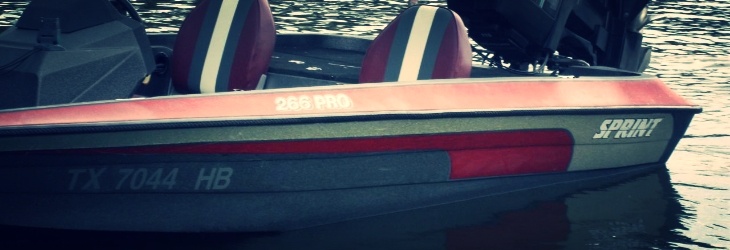Are you growing frustrated trying to figure out the best way to insure your new boat? Well fear no more, read on to get all of your ‘boat insurance’ questions answered.
Whether you need coverage for a small fishing boat used a few times a year, or you just purchased a cabin cruiser large enough to accommodate your helicopter landing, rest assured, there’s a specific insurance policy for your needs.
You have several options when insuring your boat and it usually depends on the type of boat you have.
Perhaps more than any other type of insurance, it’s critically important for you to understand the different types of watercraft policies available.
Depending on the type of craft you have, how fast it moves, where you operate it, etc., you could find that many policies are prohibitively expensive, or even worse, don’t provide the coverage you need when your boat is stolen or completely destroyed.
So where to start?
First, you need to know that there are three types of “boats” in the insurance world:
-
- Anything less than 16 feet long is usually called “personal watercraft” by insurers. Examples include jet skis, Waverunners, Tigersharks, Wet Bikes and Sea Dog “cycle” style models, as well as Jazz and Rage “mini boats.”
- “Boats” are 16 feet to 25 feet, 11 inches long.
- Anything at least 26 feet long is classified as a “yacht.”
You will find that insurers have varying appetites for these types of watercraft. Strictly for insurance underwriting purposes, smaller is often better. In fact, many insurance companies will allow a ‘personal watercraft’ to be insured on the homeowners policy.
Some insurers won’t provide coverage for your personal watercraft at all, or won’t unless it’s a part of a larger policy.
For some owners of personal watercraft, an insurer that specializes in this type of risk will be the best bet. Your policy should include coverage for injuries to you and your passengers, the craft itself, liability (for damage and injuries to other crafts and people) and theft.
Note. If you use your watercraft for water-skiing, you need to get coverage for this exposure as well. (It usually needs to be added to a standard policy.) You can also get coverage for the trailer(s) you use to transport the watercraft.
The bottom line is this: regardless of the type or size of watercraft you have, you need to understand how the insurance companies you’re considering define “boats.” Perhaps it’s as simple as adding an endorsement to your homeowners policy to cover your boat.
But chances are, you and your boat are going to be best protected if you have an insurance policy specifically designed for your individual needs. And the right insurance advisor can help you navigate through these complicated waters so you can enjoy your boat, with the peace-of-mind that you have the coverage you need.
If you’d like to learn more, contact one of our Licensed Advisors . We’re here to help.
